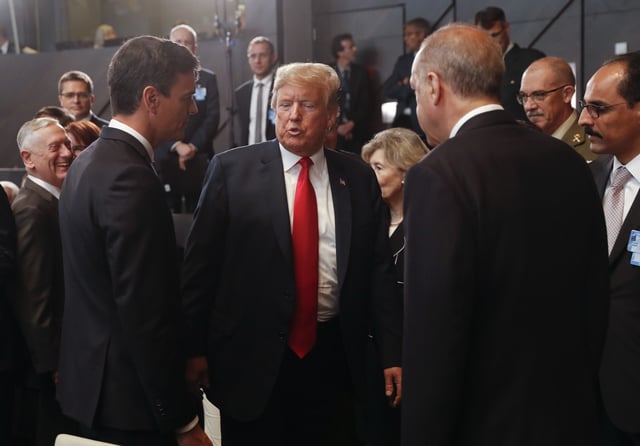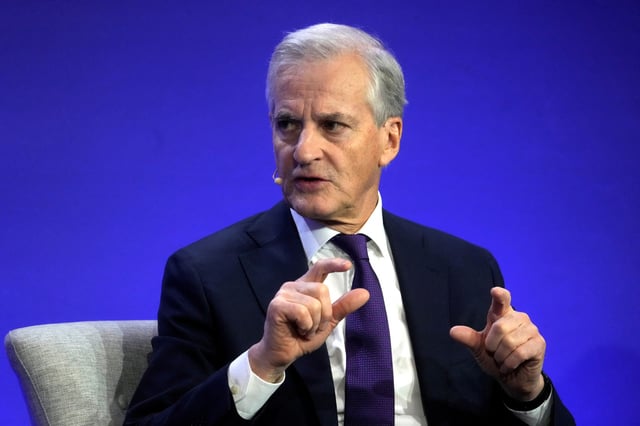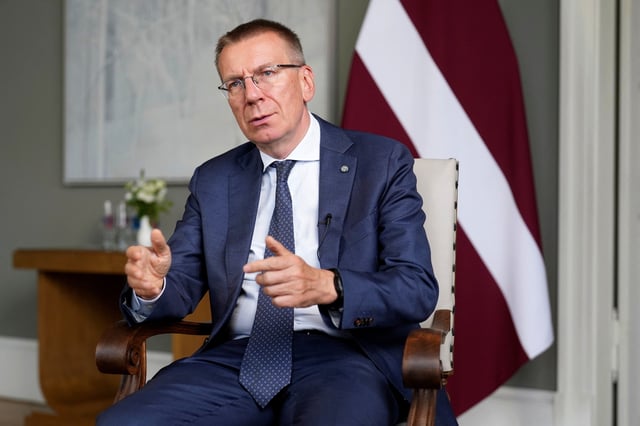Overview
- Allied ministers have agreed on a 5% of GDP defense goal broken down into 3.5% for direct military expenditures and 1.5% for infrastructure and cybersecurity investments
- President Trump reiterated that he expects NATO members to meet the 5% threshold while exempting the United States, which spent about 3.4% of its GDP on defense last year
- Spanish Prime Minister Pedro Sánchez formally rejected the proposal in a letter to NATO Secretary-General Mark Rutte, calling the target unreasonable and counterproductive
- NATO officials have floated a compromise deadline of 2032 to reach the new benchmark, though several states are lobbying for extensions to 2035
- Asian allies such as South Korea, which spends roughly 2.3% of GDP on defense, are under new US pressure to align with the global standard despite concerns over economic impact



